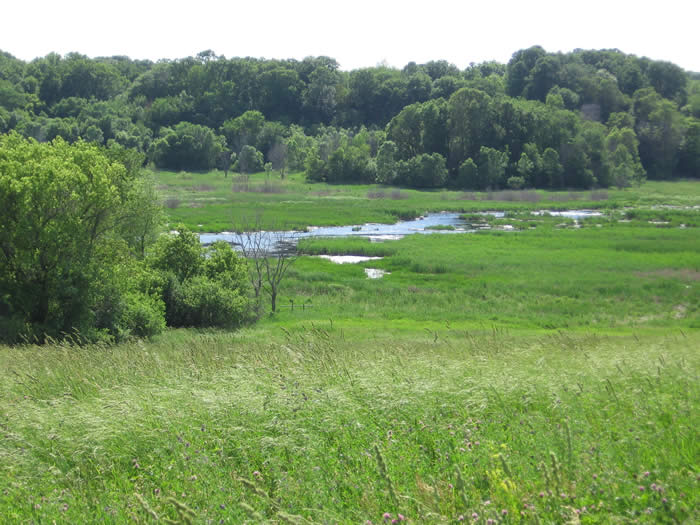
U.S. Agriculture Secretary Tom Vilsack announced that an additional 800,000 acres of highly environmentally sensitive land may be enrolled in Conservation Reserve Program (CRP) under certain wetland and wildlife initiatives that provide multiple benefits on the same land.
The U.S. Department of Agriculture (USDA) will accept new offers to participate in CRP under a general signup to be held Dec. 1, 2015, through Feb. 26, 2016. Eligible existing program participants with contracts expiring Sept. 30, 2015, will be granted an option for one-year extensions. Farmers and ranchers interested in removing sensitive land from agricultural production and planting grasses or trees to reduce soil erosion, improve water quality and restore wildlife habitat are encouraged to enroll.
“For 30 years, the Conservation Reserve Program has supported farmers and ranchers as they continue to be good stewards of land and water. This initiative has helped farmers and ranchers prevent more than 8 billion tons of soil from eroding, reduce nitrogen and phosphorous runoff relative to cropland by 95 and 85 percent respectively, and even sequester 43 million tons of greenhouse gases annually, equal to taking 8 million cars off the road,” said Vilsack. “This has been one of most successful conservation programs in the history of the country, and today’s announcement keeps that momentum moving forward.”
The voluntary Conservation Reserve Program allows USDA to contract with agricultural producers so that environmentally sensitive land is conserved. Participants establish long-term, resource-conserving plant species to control soil erosion, improve water quality and develop wildlife habitat. In return, USDA’s Farm Service Agency (FSA) provides participants with rental payments and cost-share assistance. Contract duration is between 10 and 15 years.
“CRP protects water quality and restores significant habitat for ducks, pheasants, turkey, quail, deer and other important wildlife. That spurs economic development like hunting and fishing, outdoor recreation and tourism all over rural America,” said Vilsack. “Today we’re allowing an additional 800,000 acres for duck nesting habitat and other wetland and wildlife habitat initiatives to be enrolled in the program.”


